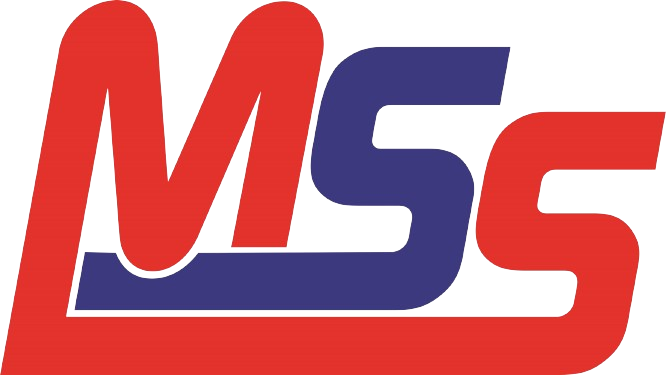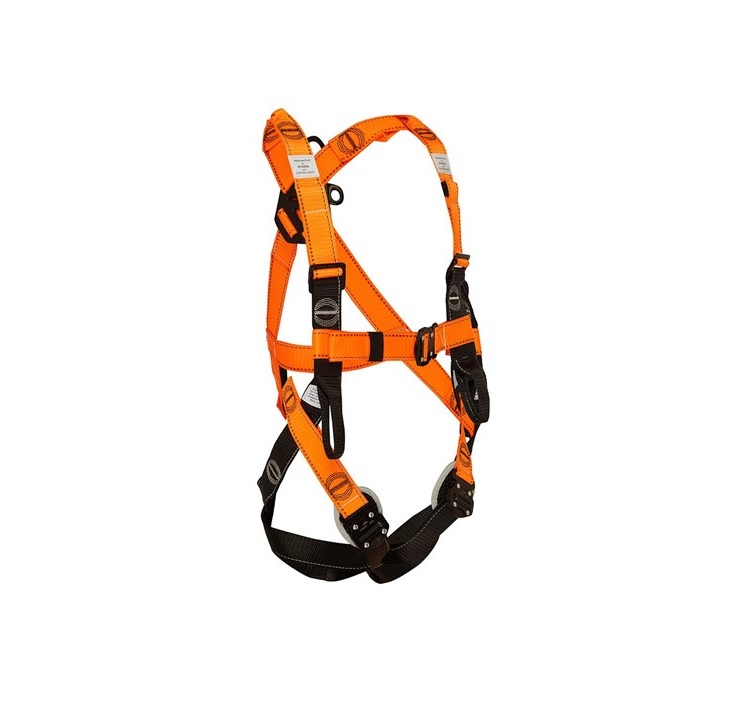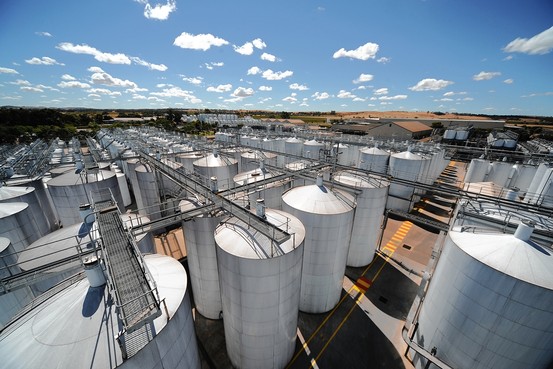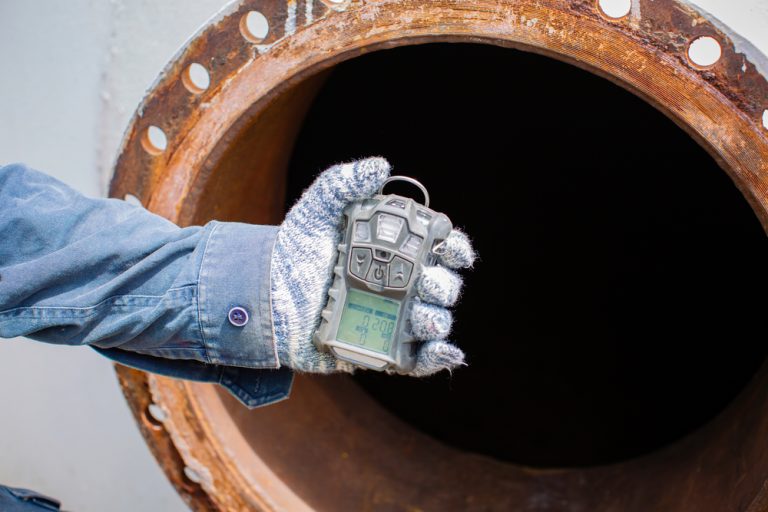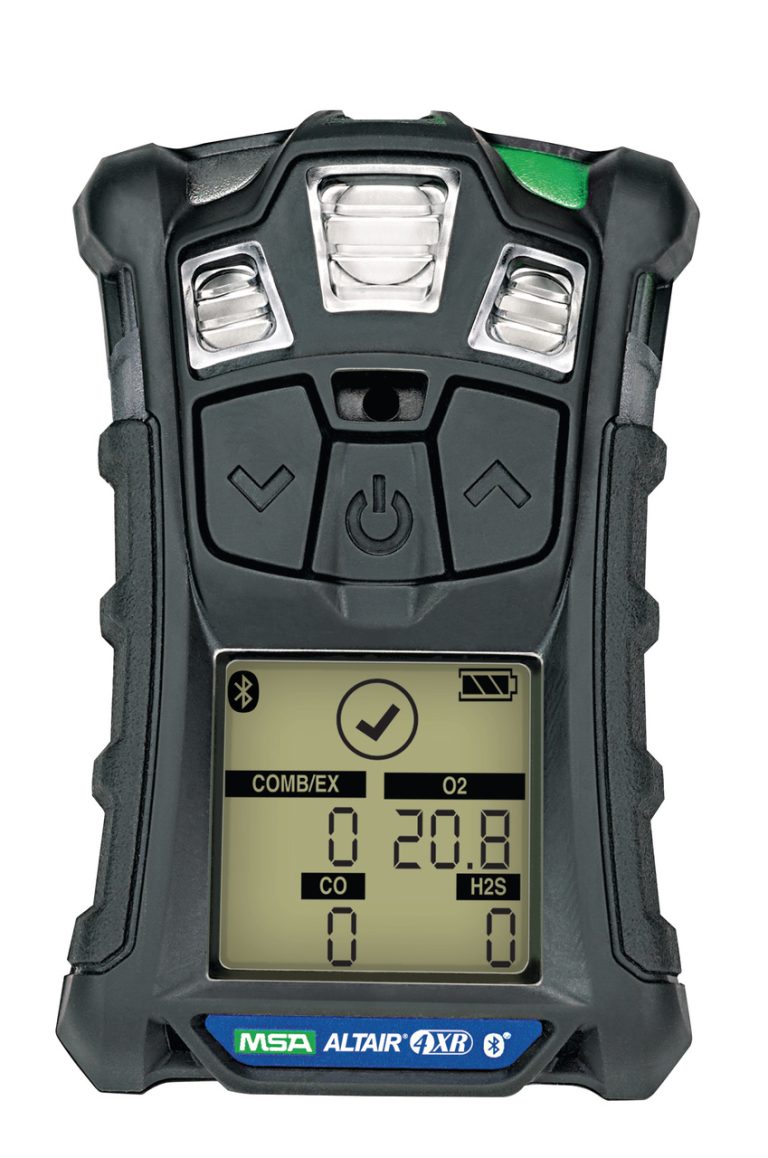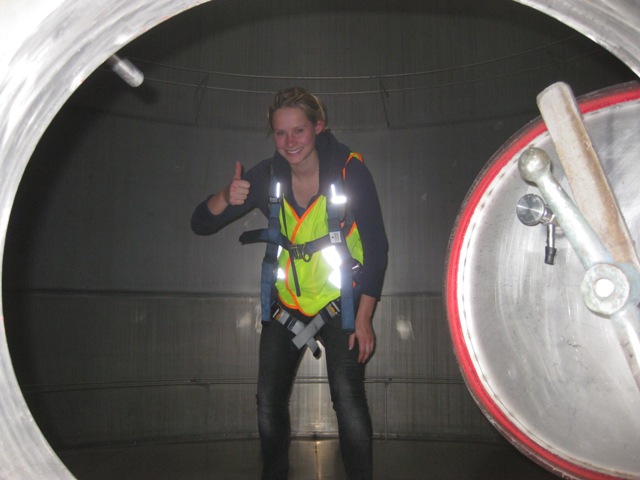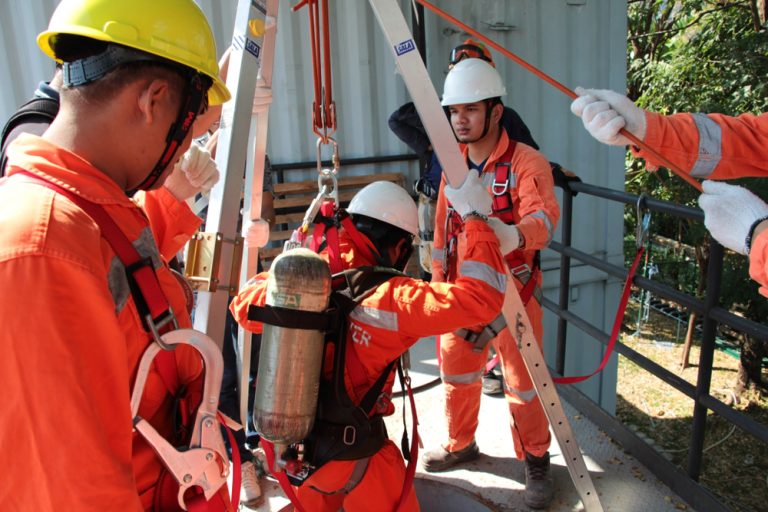Pre-Use Inspection & Fitting of Safety Harnesses
The Importance of Pre- Post-Use Inspection of Safety Harnesses
When working at heights, safety is paramount, and a full body safety harness is one of the most essential tools for protection.
However, simply wearing a harness is not enough—ensuring that it is in good condition and correctly fitted is crucial for effective fall protection. One of the first steps in using a harness is conducting a thorough pre-use inspection. This process ensures that the harness is free from defects that could lead to failure in the event of a fall. Overlooking this important task can expose workers to unnecessary risk, and it’s something that MSS Safety emphasizes in all of our Working at Heights training sessions.
Identifying Wear and Tear: Why Inspections Matter
Before every use, a safety harness must be inspected for signs of wear and tear. This includes checking the straps, buckles, and stitching for any damage. Frayed webbing, rusted or damaged buckles, or loose stitching are all signs that the harness may not function properly when needed. Even the smallest imperfection can lead to catastrophic failure during a fall. Regular inspections give workers the peace of mind that their equipment will perform as intended. At MSS Safety’s training center, we teach workers how to perform these inspections step-by-step to ensure they are confident in identifying any issues before they use their harness.
The Importance of Proper Harness Adjustment
Equally as important as inspecting the harness is making sure it is properly adjusted. A poorly adjusted harness can be both uncomfortable and unsafe. Straps that are too loose can cause the harness to shift or even slip off during a fall, while overly tight straps can cause discomfort and restrict movement. Proper adjustment ensures that the harness fits snugly, allowing the forces from a fall to be distributed evenly across the body. This reduces the risk of injury and enhances comfort while working. At MSS Safety, we show workers how to adjust their harnesses to ensure optimal fit and safety.
How Size and Style Affect Comfort
Discomfort in a safety harness is often a result of wearing the wrong size or style of harness. Many workers don’t realize that harnesses come in different sizes and configurations, and that choosing the correct one for their body shape and job can significantly improve both comfort and safety. Wearing a harness that is too large or too small can cause rubbing, pinching, or restrict movement, leading to fatigue and reduced productivity. By selecting the right harness for your specific needs, you can ensure that you stay comfortable and focused on the job. Our Working at Heights training sessions help workers select the most appropriate harness for their body and job type.
Training is essential
At MSS Safety, we understand the importance of proper harness use, and our Working at Heights training covers these topics in depth. We offer weekly training sessions at our training center, where workers can gain hands-on experience inspecting and adjusting their harnesses under the guidance of safety professionals.
By emphasizing the importance of pre-use inspections, correct adjustment, and selecting the right harness, we help workers stay safe, comfortable, and confident when working at heights.
Proper harness use is not just about compliance—it’s about protecting lives.
